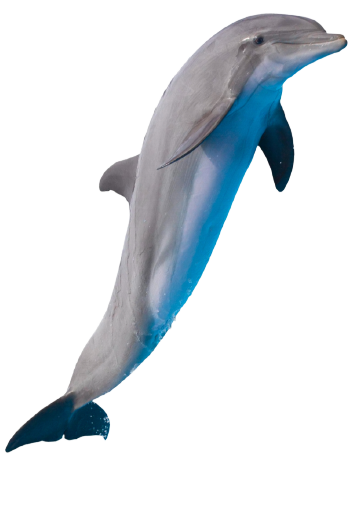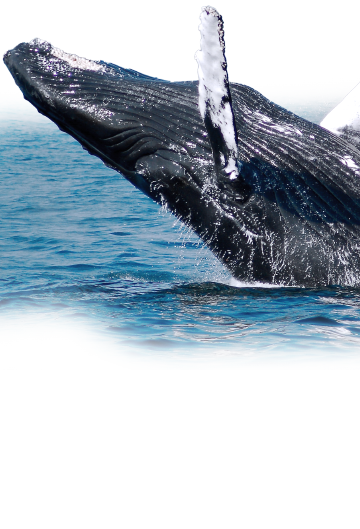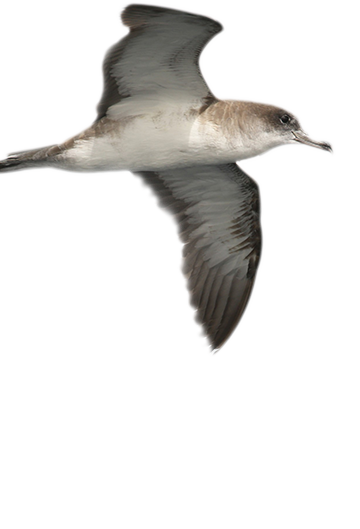Sharks
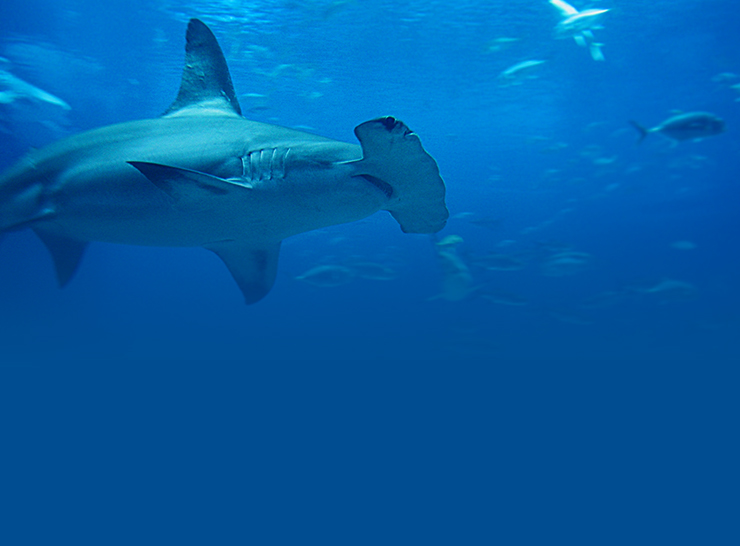
Hammerhead shark
The hammerhead sharks are a group of sharks that form the family Sphyrnidae, named for the unusual and distinctive form of their heads, which are flattened and laterally extended into a cephalofoil (a T-shape or “hammer”). The shark’s eyes are placed one on either end of this T-shaped structure, with their small mouths directly centered and underneath. Most hammerhead species are placed in the genus Sphyrna, while the winghead shark is placed in its own genus, Eusphyra. Many different— but not necessarily mutually exclusive—functions have been postulated for the cephalofoil, including sensory reception, manoeuvering, and prey manipulation. The cephalofoil gives the shark superior binocular vision and depth perception.
Some curiosities :
The known species range from 0.9 to 6.0 m (2 ft 11 in to 19 ft 8 in) in length and weigh 3–580 kg (6.6–1,300 lb). One specimen caught off the Florida coast in 1906 weighed over 680 kg (1,500 lb). They are usually light gray and have a greenish tint. Their bellies are white, which allows them to blend into the background when viewed from below and sneak up to their prey. Their heads have lateral projections that give them a hammer-like shape. While overall similar, this shape differs somewhat between species; examples are: a distinct T-shape in the great hammerhead, a rounded head with a central notch in the scalloped hammerhead, and an unnotched rounded head in the smooth hammerhead.
Hammerheads have disproportionately small mouths compared to other shark species.Some species are also known to form schools.In the evening, like most other sharks, they become solitary hunters.[citation needed] National Geographic explained that hammerheads can be found in warm, tropical waters, but during the summer, they participate in a mass migration to search for cooler waters.
Diet
Hammerhead sharks eat a large range of prey such as fish (including other sharks), squid, octopus, and crustaceans. Stingrays are a particular favorite, with the positioning of their (comparatively) smaller, crescent-shaped mouths underneath their T-shaped heads allowing for skilled skate, ray, and flounder hunting, among other seafloor-dwellers. These sharks will often be found swimming above the sand along the bottom of the ocean, stalking their prey. Their unique heads are further utilized as a tool (or weapon) if hunting rays and flatfishes; the shark uses its head to pin down and briefly stun the prey, and only eats once their quarry is clearly weakened and in shock.
The great hammerhead, tending to be larger and more aggressive to its own kind than other hammerheads, occasionally engages in cannibalism, eating other hammerhead sharks, including mothers consuming their own young.[20] In addition to the typical animal prey, bonnetheads have been found to feed on seagrass, which sometimes makes up as much as half their stomach contents.
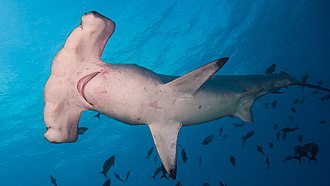
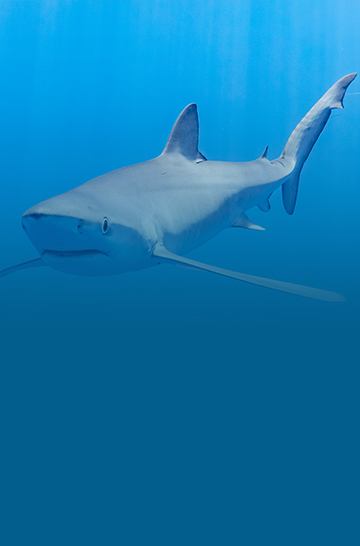
Blue shark
The blue shark (Prionace glauca), also known as the great blue shark, is a species of requiem shark, in the family Carcharhinidae, which inhabits deep waters in the world’s temperate and tropical oceans. Averaging around 3.1 m (10 ft) and preferring cooler waters, the blue shark migrates long distances, such as from New England to South America. It is listed as Near Threatened by the IUCN.
Although generally lethargic, they can move very quickly. Blue sharks are viviparous and are noted for large litters of 25 to over 100 pups. They feed primarily on small fish and squid, although they can take larger prey. Maximum lifespan is still unknown, but it is believed that they can live up to 20 years.
Some curiosities :
Blue sharks are light-bodied with long pectoral fins. Like many other sharks, blue sharks are countershaded: the top of the body is deep blue, lighter on the sides, and the underside is white.
The male blue shark commonly grows to 1.82 to 2.82 m (6.0 to 9.3 ft) at maturity, whereas the larger females commonly grow to 2.2 to 3.3 m (7.2 to 10.8 ft) at maturity. Large specimens can grow to 3.8 m (12 ft) long. Occasionally, an outsized blue shark is reported, with one widely printed claim of a length of 6.1 m (20 ft), but no shark even approaching this size has been scientifically documented.
The blue shark is fairly elongated and slender in build and typically weighs from 27 to 55 kg (60 to 121 lb) in males and from 93 to 182 kg (205 to 401 lb) in large females. Occasionally, a female in excess of 3 metres (10 ft) will weigh over 204 kg (450 lb). The heaviest reported weight for the species was 391 kg (862 lb).[9]
However, anecdotal claims exist for the species to exceptionally reach 800–900 kg (1,800–2,000 lb) in weight, though these are not verified.
The blue shark is also ectothermic and it has a unique sense of smell.
The blue shark is an oceanic and epipelagic shark found worldwide in deep temperate and tropical waters from the surface to about 350 m (1,150 ft).
In temperate seas it may approach shore, where it can be observed by divers; while in tropical waters, it inhabits greater depths. It lives as far north as Norway and as far south as Chile. Blue sharks are found off the coasts of every continent, except Antarctica.
Its greatest Pacific concentrations occur between 20° and 50° North, but with strong seasonal fluctuations. In the tropics, it spreads evenly between 20° N and 20° S. It prefers water temperatures between 12 and 20 °C (54–68 °F), but can be seen in water ranging from 7 to 25 °C (45–77 °F). Records from the Atlantic show a regular clockwise migration within the prevailing currents.
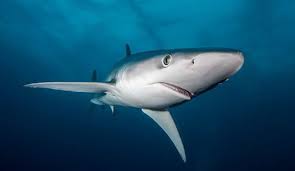
Animals
The Algarve is a paradise for lovers of marine life, where you can see dolphins, turtles and a variety of seabirds.


